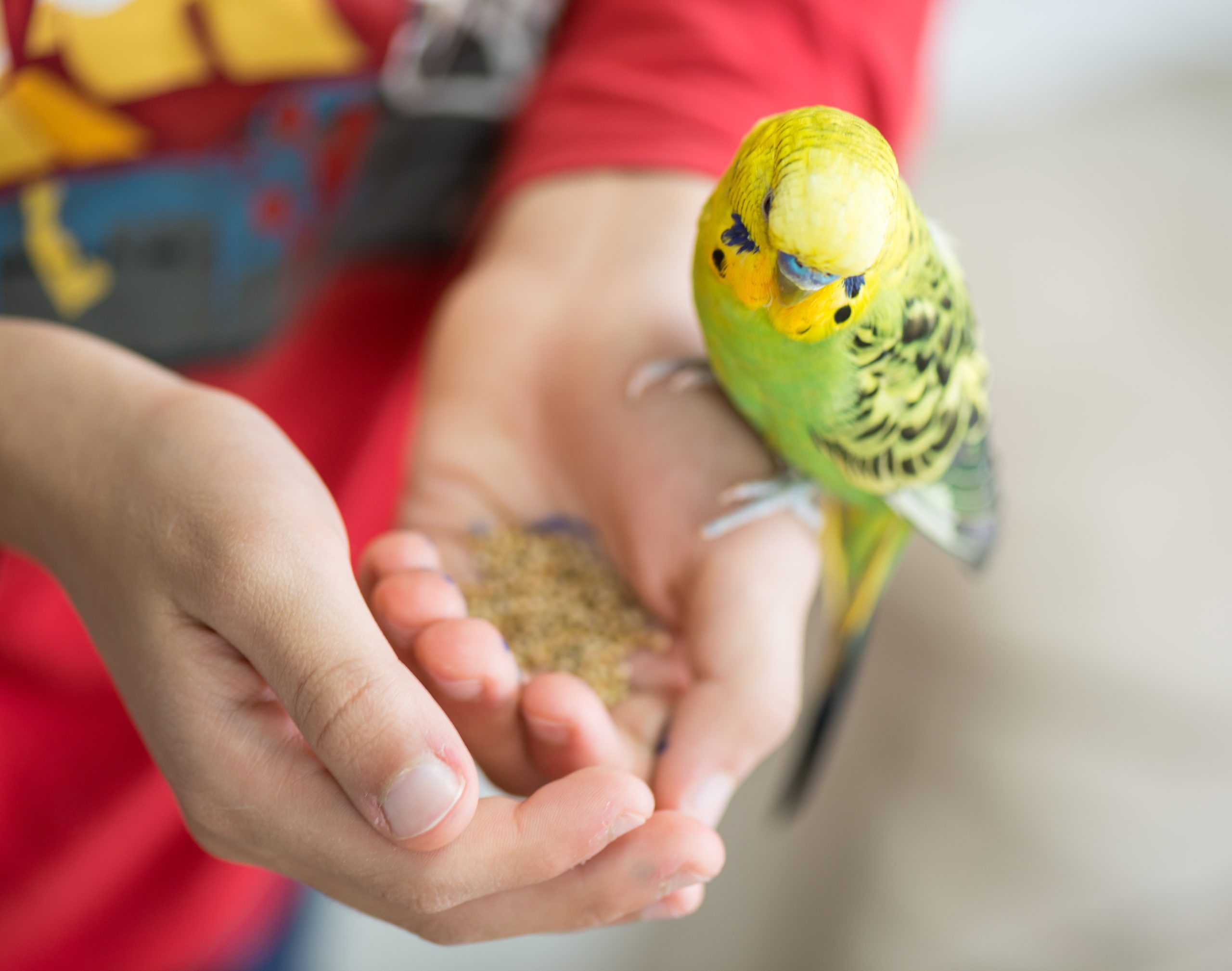Are you ready to train your puppy in just 7 days or less? If so, then this blog post is for you! Training a new pup can be overwhelming and time-consuming, but with the right approach, it doesn’t have to be. In this article, we will cover everything from establishing a routine to teaching basic commands and socialization tips. Let’s get started!
Introduction to Puppy Training
The first step to training your puppy is understanding that consistency and patience are key. Your pup needs to know what is expected of them at all times, and they need to feel secure in their environment. Start by setting up a designated area for your pup where they can sleep and eat. This will help them understand that certain areas are off limits when they start exploring your home.
The Importance of Consistency and Patience
One of the most important things you can do as a dog owner is to be consistent with your training methods. You should always use positive reinforcement techniques such as treats and praise when your pup does something good. Never scold or hit your pup as this can lead to fearful behavior and aggression later on. It’s also essential to be patient during the training process. Remember that dogs learn at different rates, and some may take longer than others to grasp certain concepts.
Establishing a Routine for Your Puppy
Another crucial aspect of puppy training is establishing a routine. Dogs thrive on structure and predictability, so set up regular feeding and walking schedules. Make sure to give your pup plenty of exercise each day, as well as mental stimulation through games like fetch or puzzle toys. A tired dog is a happy dog, after all!
Teaching Basic Commands (Sit, Stay, Come)
Once you have established a routine, it’s time to teach your pup some basic commands. The three most critical ones are sit, stay, and come. To teach your pup to sit, hold a treat above their head and say “sit.” When they lower their rear end to the ground, reward them with the treat. Repeat this until they associate the word “sit” with sitting down.
To teach your pup to stay, stand facing them and say “stay.” Then take one step backward while holding out your hand. If they move forward, gently guide them back into position without touching them. Reward them with a treat if they manage to stay put.
In closing, to teach your pup to come, play hide and seek with them. Hide behind an object and call their name. When they find you, reward them with a treat. Gradually increase the distance between you and your pup until they can reliably come when called even from afar.

Housebreaking 101: Potty Training Your Puppy
Potty training is another significant part of puppy training. First, make sure to take your pup outside frequently throughout the day to prevent accidents inside. Use specific words like “go potty” before taking them out, and reward them when they go outside. If they have an accident indoors, don’t punish them; instead, clean up the mess quickly and calmly. With persistence and consistency, your pup will soon learn to eliminate only outside.
Socialization Tips for Your New Dog
Lastly, it’s vital to socialize your pup early on to avoid any potential behavioral issues later on. Expose them to various people, places, sounds, and other animals. Take them on walks around town and introduce them to children and other dogs politely. Always monitor their interactions and remove them if necessary. By exposing your pup to these situations now, they will grow up confident and comfortable in unfamiliar environments.
Common Myths About Puppy Training Debunked
There are several myths about puppy training that persist despite being false. One common misconception is that dominating your pup is necessary for effective training. However, using force or intimidation tactics can cause fear and anxiety in your pup, leading to negative behaviors. Another myth is that you must wait until your pup reaches maturity before starting training. On the contrary, starting early ensures better results since young pups are more receptive to learning. All in all, many believe that training requires hours of practice every day. While dedication is required, short sessions multiple times per day work best for both you and your pup.

To wrap up, training your puppy takes effort and commitment, but it’s not impossible. Follow our seven-day plan, and you’ll see progress in no time. Good luck!